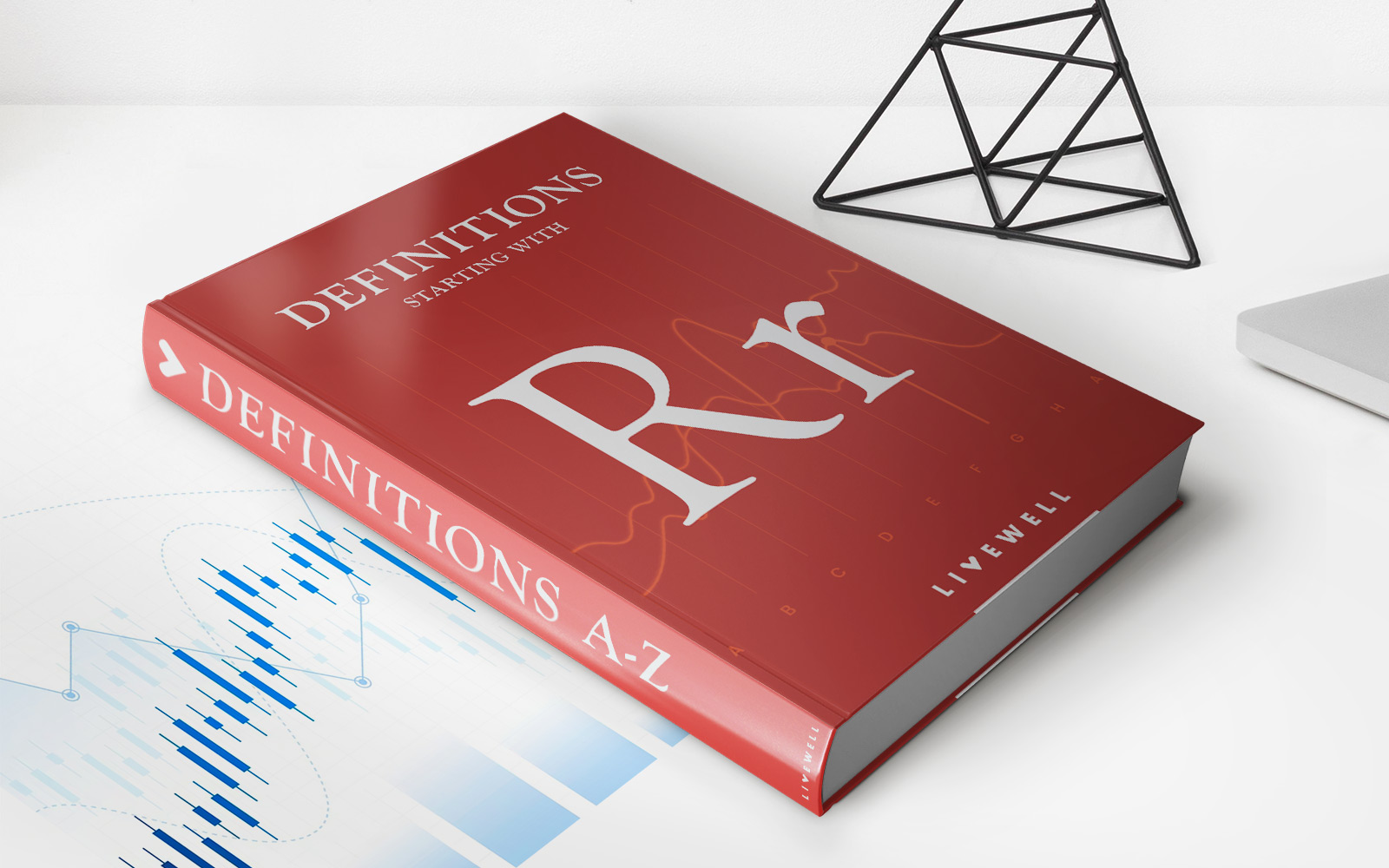

Finance
Historic Structure Definition
Published: December 5, 2023
Find out the definition of historic structures in the finance industry. Learn about the significance and implications of these establishments.
(Many of the links in this article redirect to a specific reviewed product. Your purchase of these products through affiliate links helps to generate commission for LiveWell, at no extra cost. Learn more)
Why Understanding Historic Structure Definition is Crucial for Your Finances
When it comes to managing your finances, it’s easy to get lost in a sea of complex terms and concepts. One such term that may have caught your attention is “Historic Structure Definition”. But what exactly does it mean and why is it important for your financial well-being? In this blog post, we’ll dive into the world of Historic Structure Definition and explore its relevance in the realm of personal finance.
Key Takeaways:
- Historic Structure Definition refers to the analysis and understanding of past financial patterns and behaviors.
- By identifying historic structures, individuals can gain valuable insights to make informed financial decisions.
So, what exactly is Historic Structure Definition? Well, to put it simply, it is the process of analyzing and understanding the patterns and behaviors of your finances based on past data. It involves taking a deep dive into your financial history to identify structures or trends that can help guide your current and future financial decisions.
Now, you might be wondering why understanding Historic Structure Definition is crucial for your finances. Here are two important reasons:
- Identifying Spending Habits: By examining your historic financial data, you can gain insights into your spending habits. Are you spending too much on non-essential items? Are there specific categories where you tend to overspend? Understanding your past financial patterns can help you make necessary adjustments and create a budget that aligns with your financial goals.
- Planning for the Future: Historic Structure Definition allows you to forecast and plan for the future based on your financial history. By analyzing your past income, expenses, and savings, you can set realistic goals, make informed investment decisions, and create a roadmap to achieve financial stability.
So, how can you apply Historic Structure Definition to your personal finances? Here are some steps to get started:
- Gather Financial Data: Collect all your financial statements, including bank statements, credit card bills, and invoices. This will provide you with a comprehensive view of your past financial activities.
- Organize and Analyze: Sort and categorize your financial data to identify patterns and trends. This can be done using spreadsheets, financial software, or even online budgeting tools.
- Identify Structures: Look for recurring patterns in your spending and saving behavior. Are there certain months where you tend to overspend? Do you consistently save a specific percentage of your income? Understanding these structures will help you make more informed decisions moving forward.
- Create an Action Plan: Based on your findings, create a financial action plan. This may involve setting a monthly budget, reducing unnecessary expenses, or increasing your savings rate. Keep track of your progress and make adjustments as needed.
By implementing the principles of Historic Structure Definition, you can gain a better understanding of your financial habits and take control of your financial future. So, don’t let the complexities of personal finance overwhelm you. Dive into your financial history, identify the structures, and pave the way to a brighter financial future!














